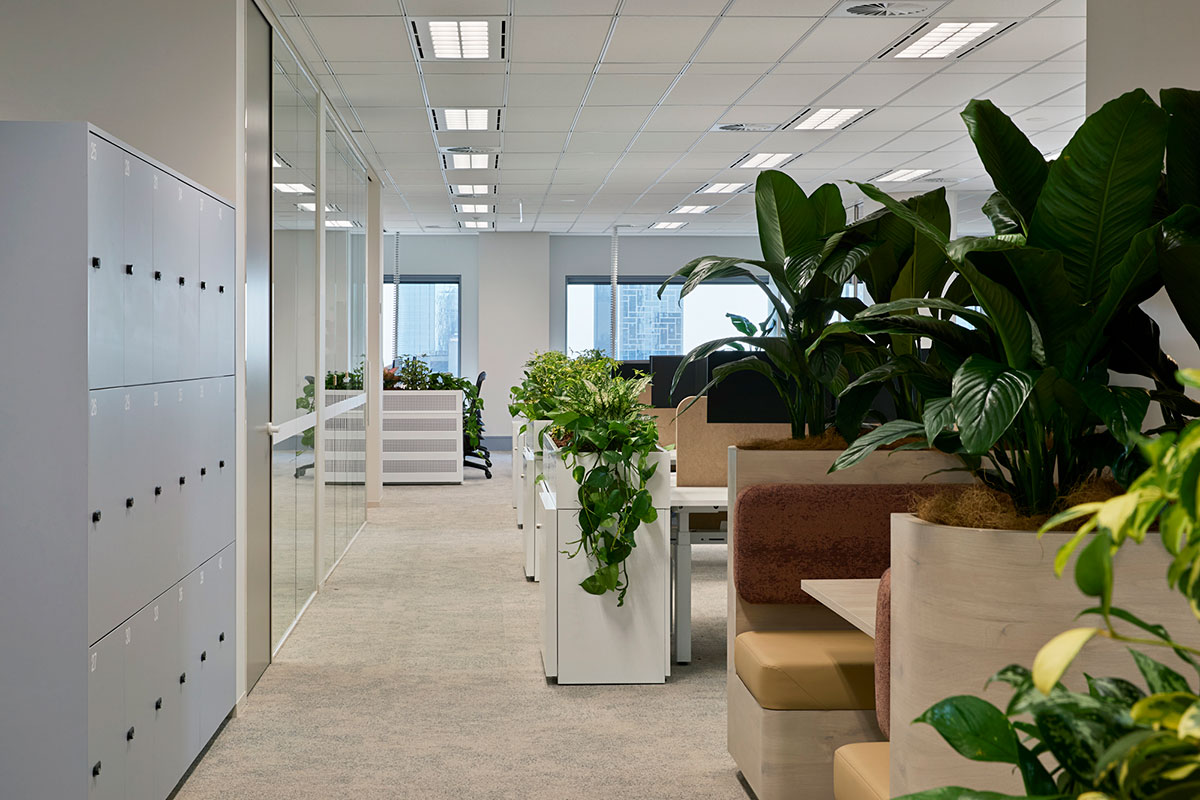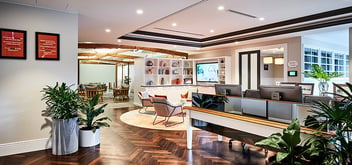It might be an unfamiliar scientific word, but if you’ve recently moved into a new office or joined an organisation that boasts a contemporary fitout, biophilia should have made a meaningful contribution to the ideas, philosophies and aesthetics underpinning the final design.
Biophilia is best explained, literally, as meaning a love of nature or a love of life or living systems. In the early 1980s, American biologist Edward Osborne Wilson created a philosophy and resulting book called The Biophilia Hypothesis, an ingrained affinity between humans and our natural world. Many of the world’s leading universities have also conducted numerous studies into biophilia but, as studies have moved into the biological including psychology, we’ve learnt more about how it can impact workplace productivity and satisfaction.
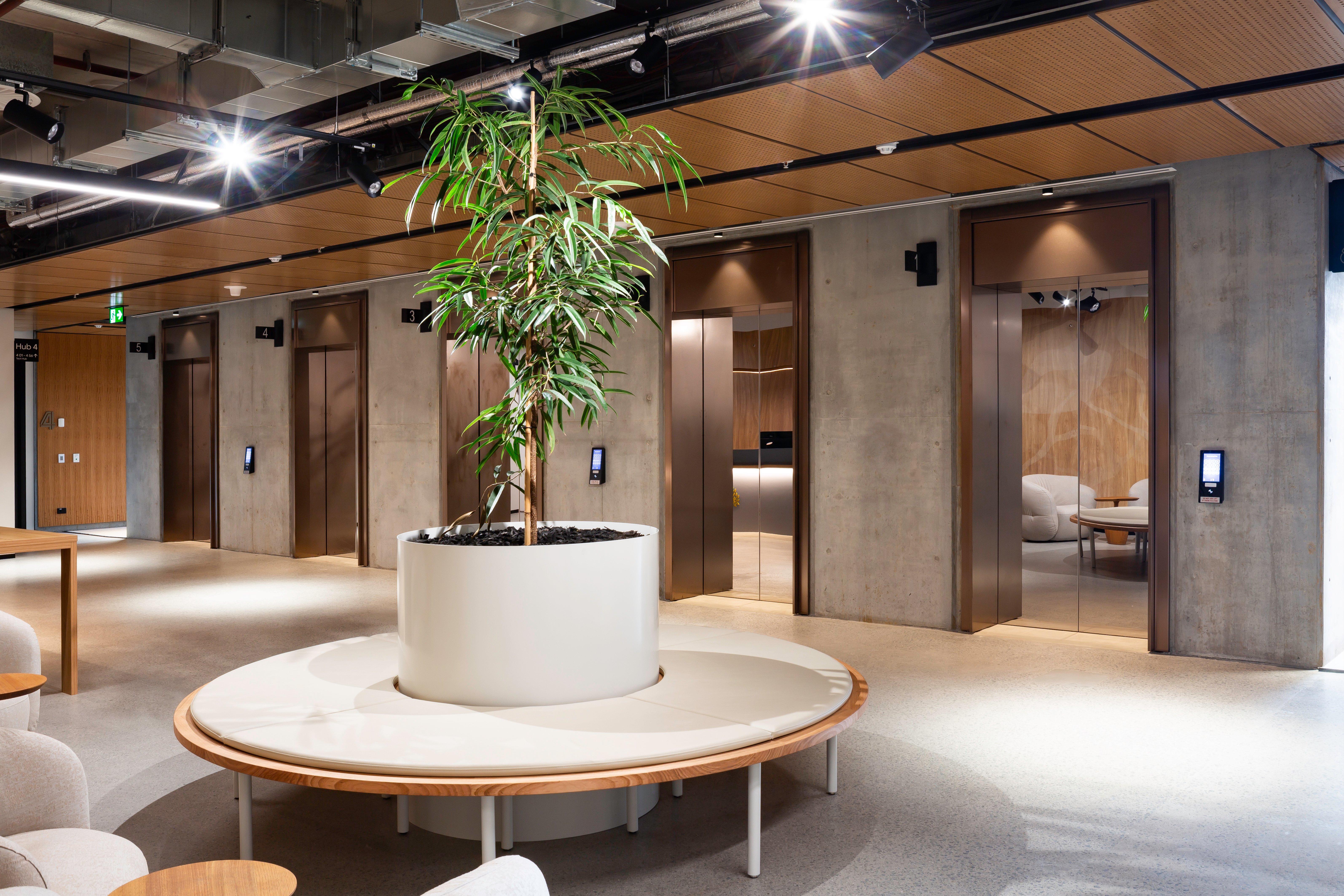
In a report by Interface Design, Human Spaces Report: Biophilic Design in the Workplace, psychologist Sir Cary Cooper explains the relationship between workplace design and biophilia as “an innovative way to harness this affinity in order to create natural environments for us to live, work and learn [in]. By consciously including nature in interior or architectural design, we are unconsciously reconnecting; bringing the great outdoors in to our constructed world.”
In layperson’s terms, workplaces incorporating natural plant life are likely to be happier, more productive workplaces.
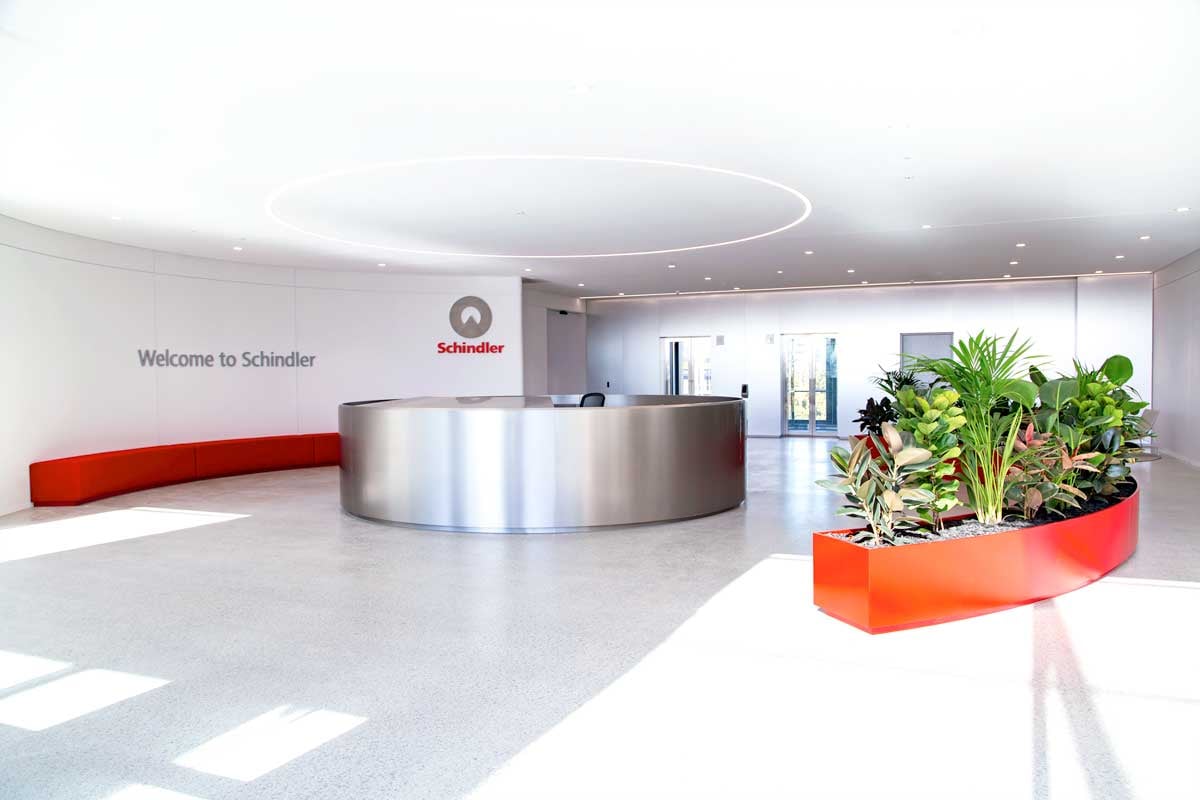
It’s important to note that popping a couple of African violets or philodendrons randomly around your office is not a happiness cure-all or a productivity silver bullet. However, a number of studies show that increasing the amount and diversity of plant life in your office is an easy and cost-effective way to help contribute to a more harmonious and productive workspace.
UK-based HR software designers, CIPHR, outlined a number of tangible research findings that illustrate the benefits of having plants in your office. Chief among the list of benefits was the ways in which plants assist in reducing workplace stress. A 2010 study by the University of Technology in Sydney found that introducing plants into a workplace has the capacity to reduce stress by more than 30 percent. The same report also recorded a 44 percent drop in workplace anger and hostility, and an almost 38 percent drop in fatigue among respondents.
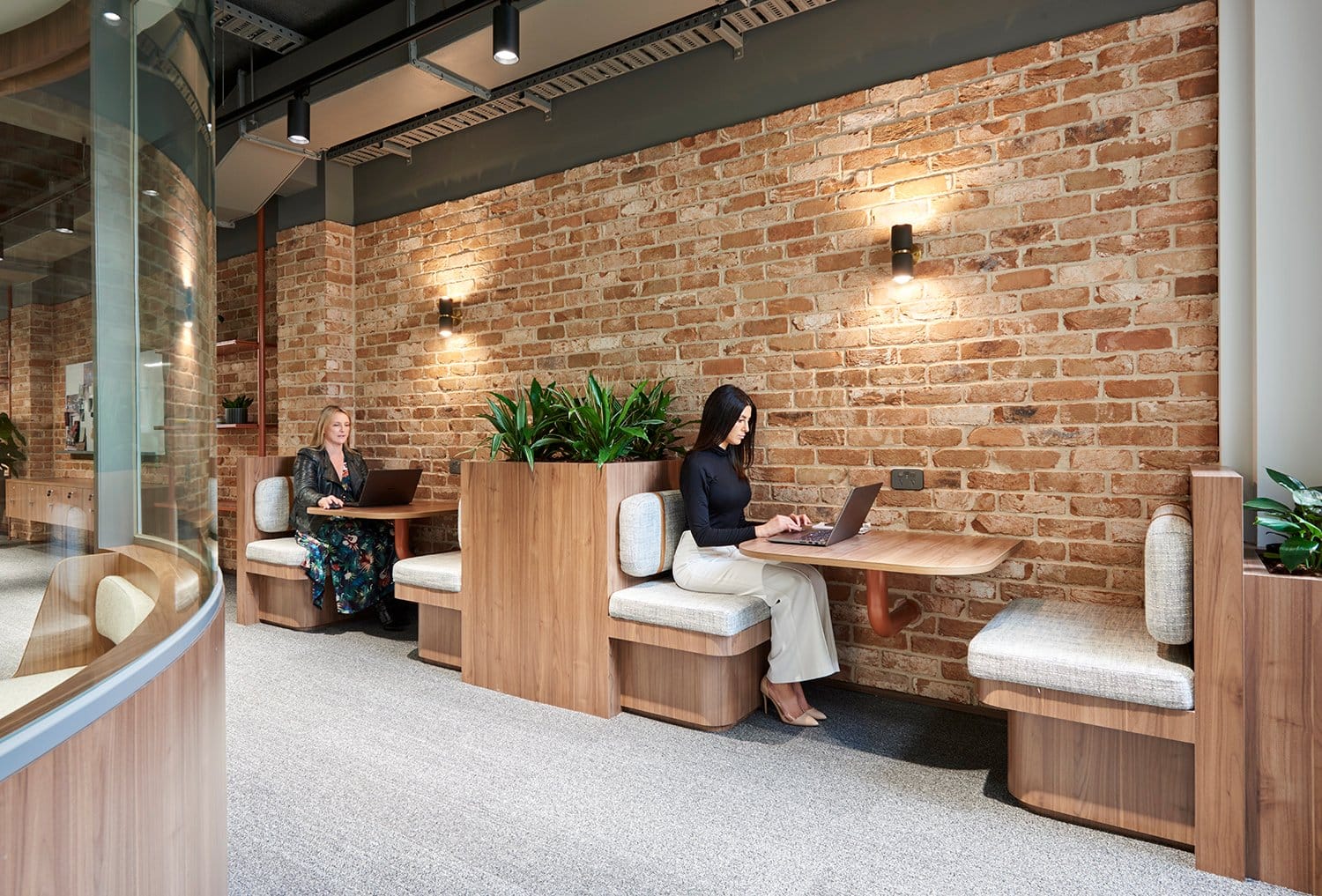
As well as research demonstrating ways in which biophilia can assist productivity, biophilic design also has a role to play in making the workspace look more attractive to potential employees. We’ve talked a lot in this space about the challenges of attracting and retaining quality staff. In the aforementioned Human Spaces Report, Sir Cary Cooper noted that 30 percent of the people he surveyed believed the design of a workplace affected their decision to join (or not join) a prospective employer.
A number of studies have also shown that biophilic design principles can contribute to reducing distracting noise in the workplace. If you have a workplace that requires quiet spaces for concentration or de-stressing and group discussion space in equal measure, plants have proven to be a low cost way to help satisfy these competing demands.
As part of a holistic approach to contemporary office design – incorporating natural light, energy consumption, IT infrastructure and the like – biophilia is an important element to take into consideration when collaborating with a designer to make your vision of a happy and productive workplace a reality.
Keen to go green? Find out how Axiom can make your workplace come alive.



